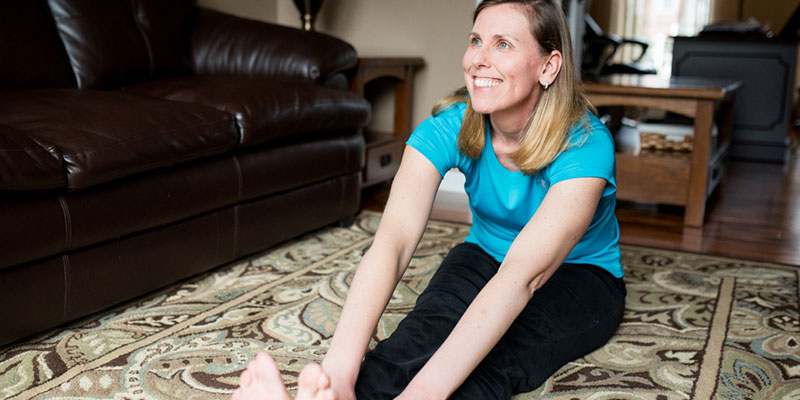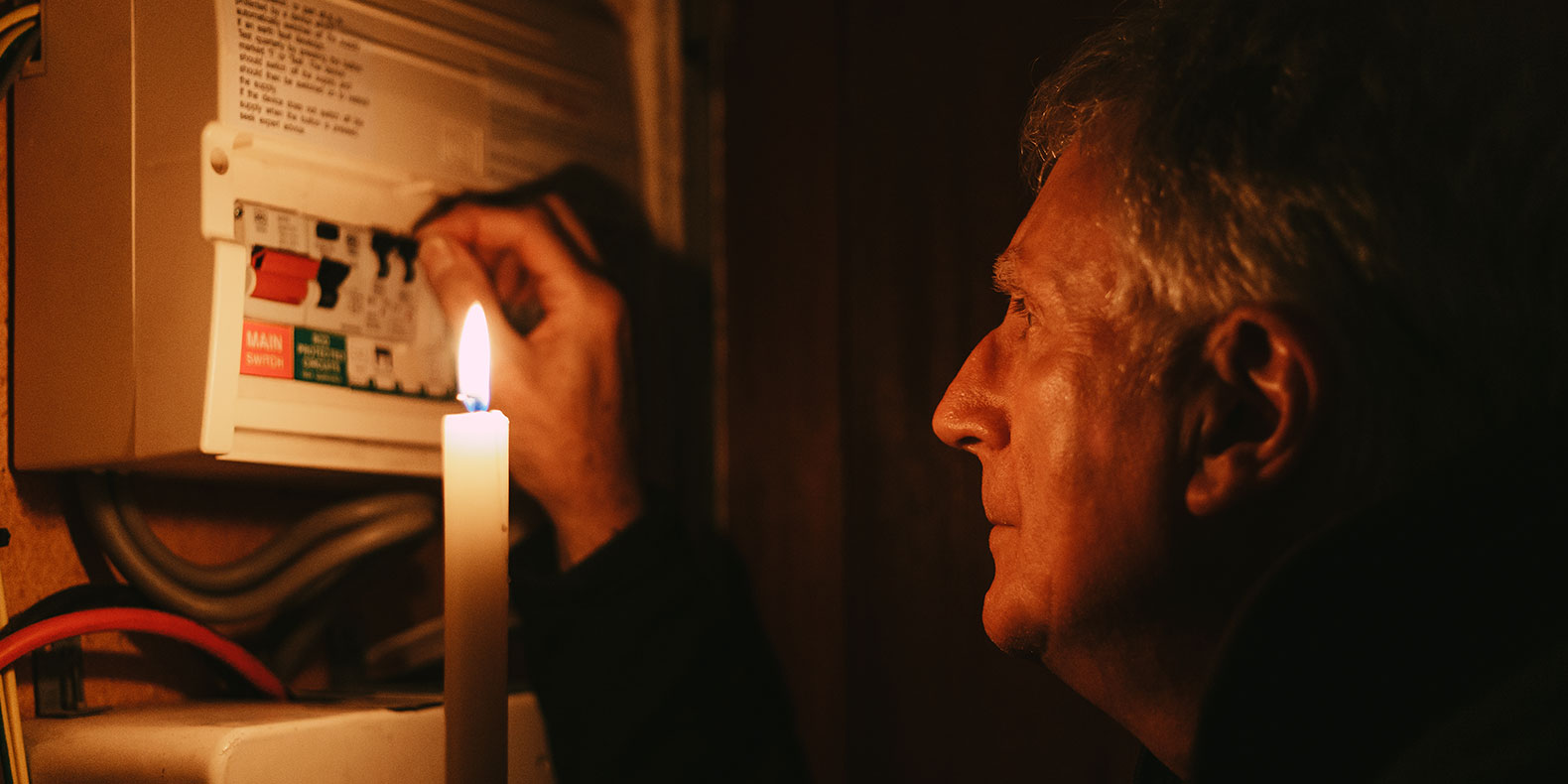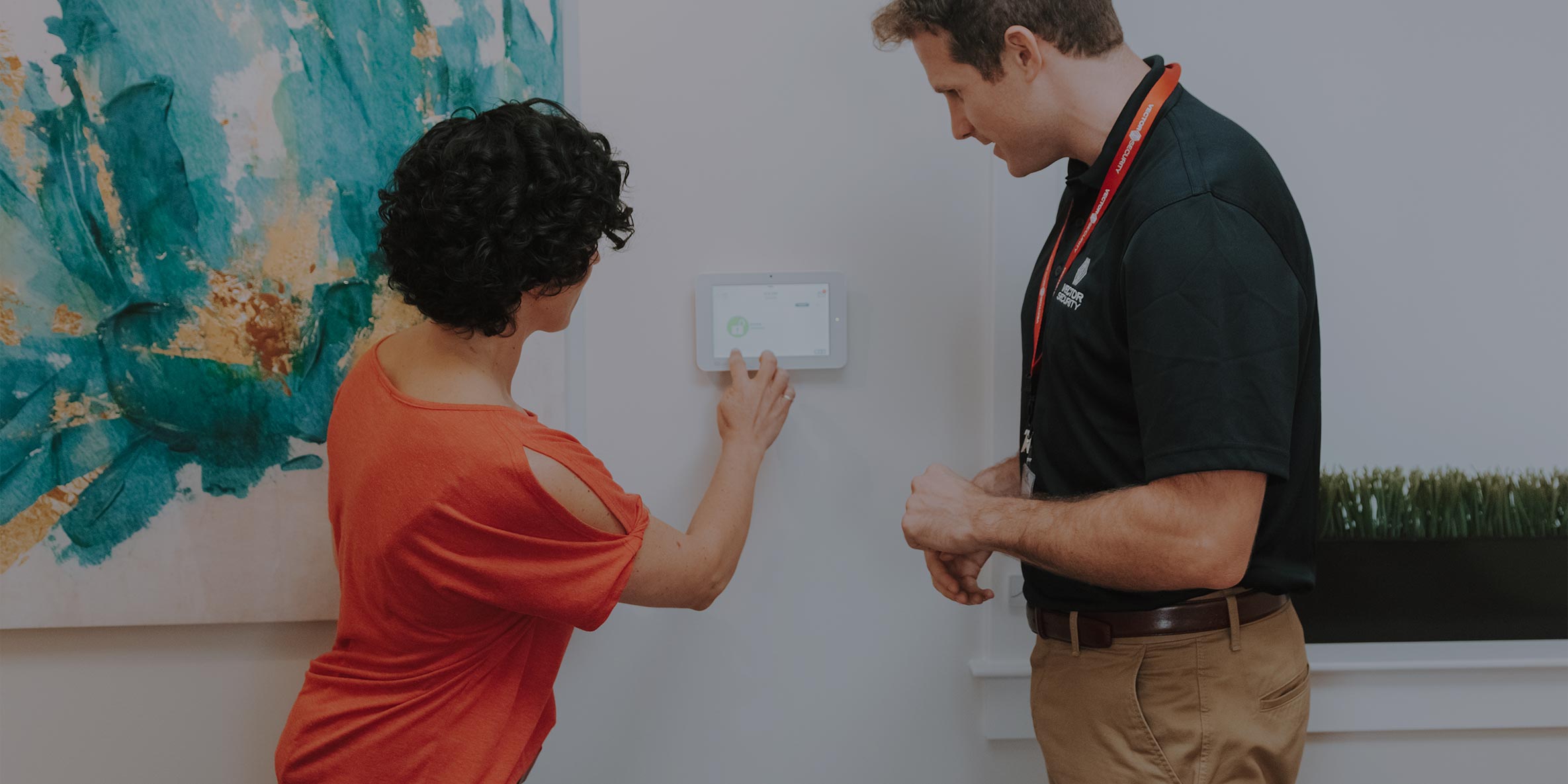This post was originally published on July 5, 2016 and has been updated for accuracy and comprehensiveness.
With many community pools closed for all or part of the summer season as a result of COVID-19, home pools are being installed at an unprecedented rate.
Google searches for above-ground pools have been steadily climbing since April 2020, outpacing the number of inquiries each spring for the last five years by nearly 300 percent.
As more homeowners invest in pools, proper precautions need to be taken to ensure safety. While swimming is a popular summertime activity, the pool can be extremely dangerous if care is not exercised.
According to The Centers for Disease Control and Prevention, drowning is the fifth leading cause of unintentional death in the United States, and children ages one to four have the highest drowning rates.
If you have a home swimming pool, consider installing security equipment to keep your children and the pool area safe.
Use Technology to Increase Pool Security
There are many benefits of using home security equipment and other related technologies to strengthen pool security. Protect your family by taking these actions:
- Enclose the pool area with tall, self-locking fences. Keep intruders and unsupervised children out of the pool area by installing tall fences with self-latching gates. In many areas, pool fencing/safety is required by law—check your local regulations to ensure your pool fence is up to specific code requirements.
- Illuminate the area with smart lights. Improve visibility and safety by strategically placing lights around the pool area. Not only will good lighting help you see better, it will improve the quality of any nighttime video footage you capture.
- Install gate sensors and water-level detectors. Place sensors on gates so you’ll be alerted when they’re opened, and install water level detectors to prevent flooding or filter damage.
- Position outdoor video surveillance around the area. Monitor your pool and the surrounding area even when you are not in the vicinity. Choose a video surveillance system that allows you to see a live feed using a mobile app, so you can check in on your pool from anywhere, or one that sends you alerts if motion is detected near the pool area.
- Use a sturdy pool cover when your pool is not in use. Keep your pool covered when not in use to prevent unsupervised children or animals from jumping in.
Keep Your Children Safe In and Around The Water
On average, ten people die every day from unintentional drowning. Of these, two are children aged 14 or younger. With a home swimming pool, your children have increased access to water. To reduce the likelihood of unintentional injury or death while they’re splashing around in the backyard, you must be vigilant.
Consider these precautionary measures to ensure your children’s safety:
- Supervise your children when in or around water. Avoid distractions, such as electronics, that could divert your attention away from their safety.
- Enforce clearly defined rules. Make sure that your children understand and follow the rules, such as no diving in shallow water or running near the pool.
- Clear the pool area of toys and inflatables when not in use. Keep the area surrounding your pool clear to lessen the chances of accidental injuries.
- Require young or inexperienced swimmers to wear life jackets or inflatable devices. Ensure swimmers stay afloat with appropriate safety equipment. Consult the Red Cross for approved floatation devices.
- Enroll your children in swimming lessons. Teach your children how to swim as an additional proactive measure. Seek out Red Cross-certified instructors and practice with your kids outside of lessons.
Use these tips to make your backyard a safe and secure oasis this summer. You can browse our customized security solutions here or contact us.



